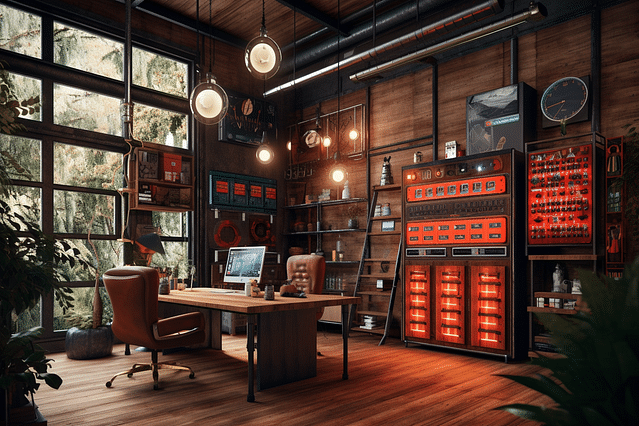
How to Use MacroDroid with Google Home for Automation
Smart home automation has become increasingly popular, with Google Home being a pioneer in this technology. One of the reasons for this innovation is the introduction of apps like MacroDroid, which can be used to customize Google Home and make it more efficient. MacroDroid is an essential tool for advanced users who want to automate their home activities. It is easy to learn and offers an intuitive interface, making it ideal for users who want to create their automation without coding knowledge.
MacroDroid is designed to minimize the effort it takes to interact with smart home devices by automating tasks. The app can perform different actions based on the user's input and commands. This means that once the app is configured, users will need to provide instructions that MacroDroid uses to complete specific tasks. So how can you use MacroDroid with Google Home for automation?
What is MacroDroid?
MacroDroid is an Android app that can automate various tasks on your phone or tablet. The app is based on the concept of macros, which are sets of instructions that can be executed to complete specific tasks. One of the essential aspects of MacroDroid is that users can create their macros within the app. This means that as a user, you can decide how MacroDroid interacts with your smart home devices.
Why Combine MacroDroid with Google Home?
Google Home already has a robust integration system with various smart home devices, and MacroDroid brings customization to the table. Combining these two powerful tools will enable you to have more control over your smart home automation. MacroDroid gives you more freedom to set specific conditions before triggering smart home devices. For example, you could create a MacroDroid macro to turn off all devices automatically when you leave the house. This would allow you to save energy and avoid accidentally leaving any devices on when not in use.
How to Use MacroDroid with Google Home
Here are the steps to follow to use MacroDroid with Google Home:
Step 1: Install MacroDroid and Connect to Google Assistant
The first thing is to download and install the MacroDroid app from Google Play Store. After installing, connect to the Google Assistant to access the app's features fully.
Step 2: Create a Macro
Click on the plus sign on the app's home menu to create a new macro. Next, select the trigger you would like to use. For example, you could select the "Time Trigger" option to have a trigger at a specific time of the day.
Step 3: Choose Action
After selecting the trigger, move on to the action section. Choose the smart home device you would like to automate and the action you would like to perform. For example, you could configure your MacroDroid macro to switch off your smart bulb within a particular time frame after turning it on.
Step 4: Save Macro
Once you have finished creating your MacroDroid macro, save it by clicking on the save button. Wait for the macro to complete its setup process. Once completed, you can use Google Home or Google Assistant to activate the macro hands-free.
Benefits of Using MacroDroid with Google Home
Customization
MacroDroid offers a new level of customization that Google Home alone does not provide. Users get the freedom to automate their smart home devices and create their macros.
Time-Saving
Creating automated macros with MacroDroid will save users time and allow them to focus on other activities. Tasks that would typically take a user's time to perform manually can now be automated using MacroDroid.
Energy-Efficient
Automating smart home devices with MacroDroid is a feature that can significantly help save on energy bills. Macros can be set to turn off devices when they're not required, thus saving energy.
Conclusion
In conclusion, combining MacroDroid with Google Home can help take automated home devices to the next level. The automation of devices not only saves time and energy but also helps in economizing and making life more comfortable. MacroDroid is a powerful automation tool that will help enhance the efficiency and productivity of smart home devices when used with Google Home.
Posted on: Jan 26, 2022 Last updated at: May 4, 2023